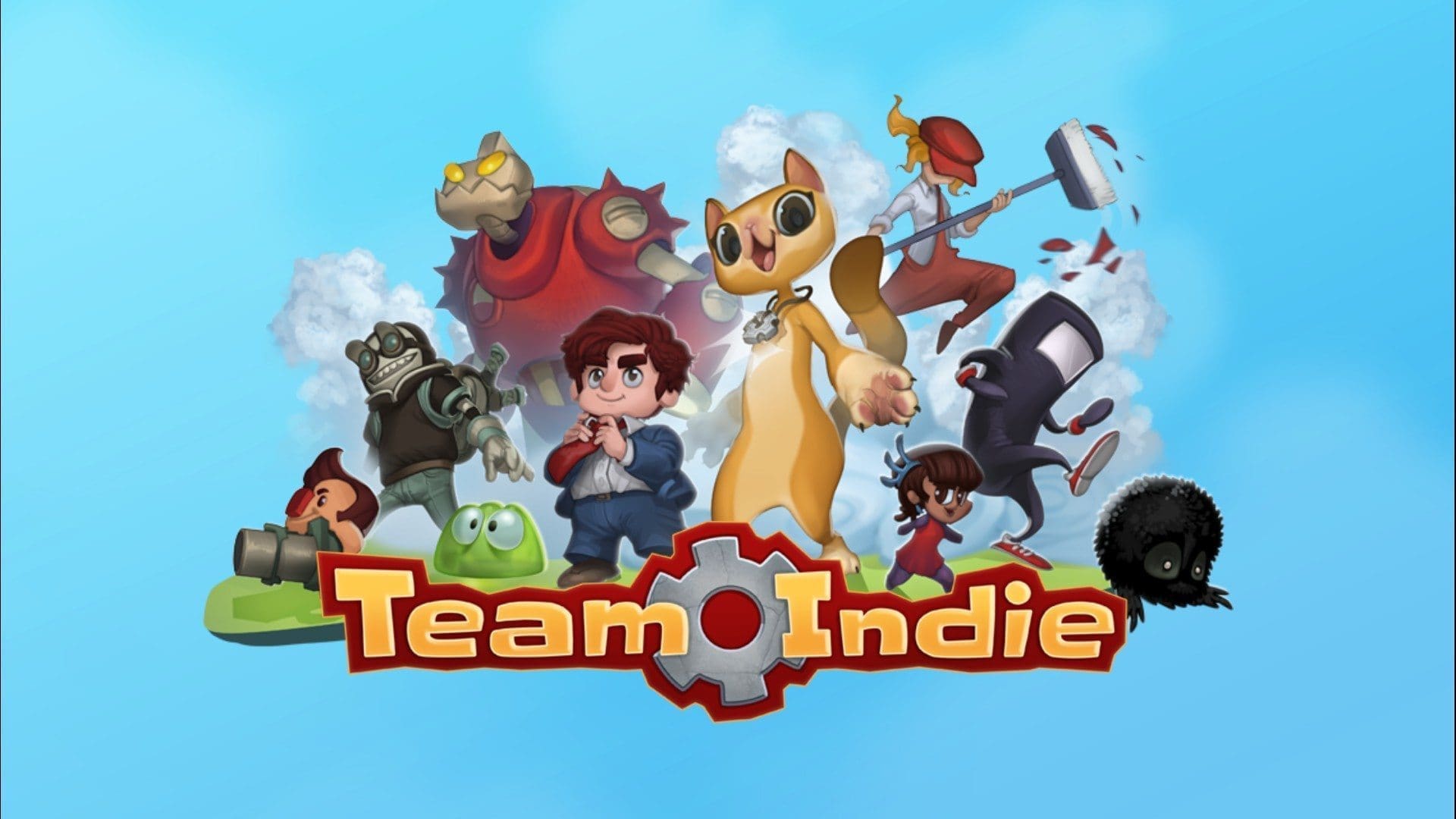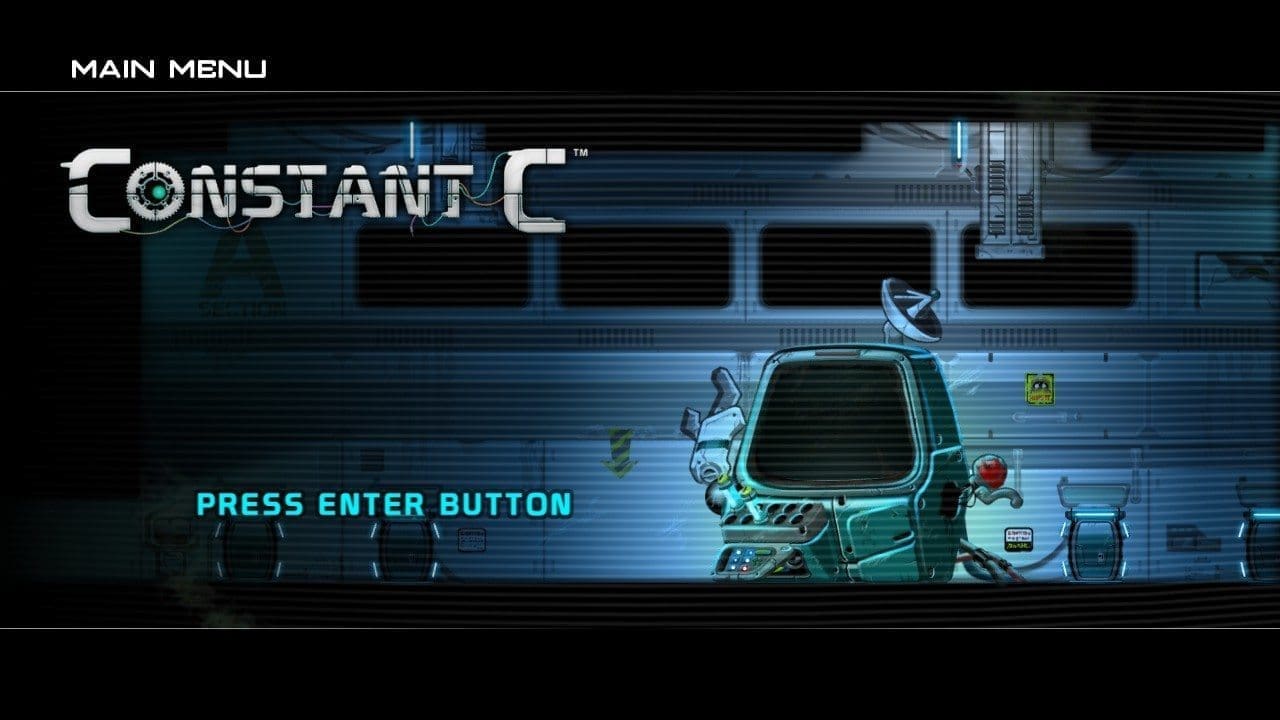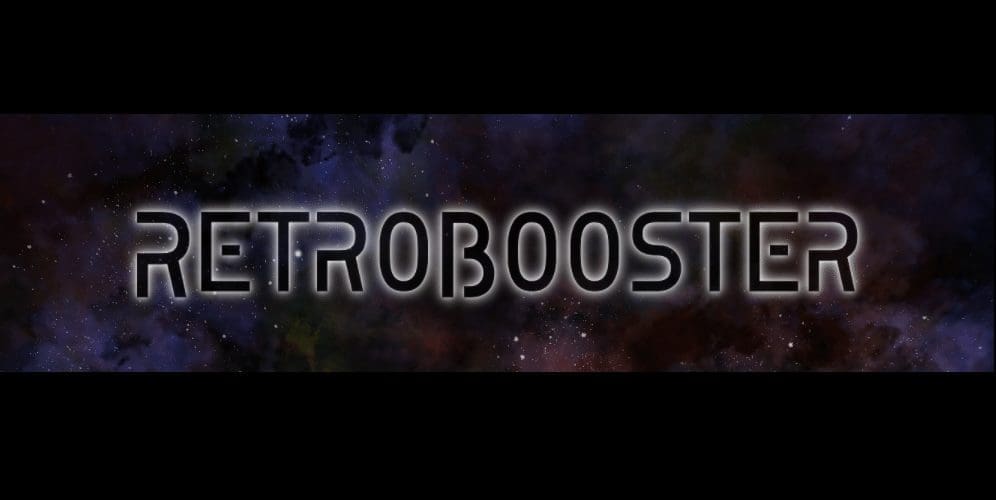
Another Star is a fresh take on the classic console role-playing game. Drawing from Dragon Quest, Phantasy Star and other classics from the 8-bit era, Another Star puts you in control of a man on a simple quest that turns into a fight to save the world. This game plays pretty close to the rules for the genre, but it packs in a few surprises that give it a modern spin and elevate it above being “just another” RPG.
Gameplay
Another Star is a game about a young prince who is sent on a quest by his father to recover a star that crash landed into a nearby forest. In typical RPG fashion, this tale quickly takes on an ever increasing scale, ending with you on a mission to save the entire world. The story isn’t anything you haven’t heard before, and the telling has much of the clumsiness that was common in the era this game was modeled after. That being said, there is surprising detail in the game’s world, and every town has news that is both relevant to recent events and unique to the local flavor of each area. I found myself caring more about the clans and kingdoms of the world than the characters in it.

One of the biggest differences between this game and the classic turn-based battle systems of the RPGs of yore is how it handles groups of enemies. Instead of having to select a target, every time you use an item, skill, or attack, it targets all of the members of the opposing team. This blade cuts both ways, though, and enemy attacks hit all of your characters as well. In the early parts of the game this is a boon, making two rats not really take any longer than one, and removing much of the tedium of the combat experience present under the more classic system. As the game progresses, it stops being a convenient way to streamline the fighting and starts to make you feel really weak, as one round of attacks from a group of enemies is frequently enough to almost kill your entire party. Maybe I didn’t do enough grinding, but it forced a very defensive style of play that wasn’t nearly as exciting.
This is probably the first game I’ve seen that has made defense a valid option in a turn-based system. In addition to providing a quite significant boost to your defenses, it also heals you for a small amount. If you are adequately leveled for a given area, the health gain from defense is usually just above the damage from an average round of attacks from the enemies. This means that you can save on health restoring items by just waiting it out with defense, biding your time until you are healed up and ready to attack again. In the early parts of the game, this is a fantastic feature, letting you trade a bit of time to save on your precious little resources. Much like the targeting system above though, the heals stop being worth the time and the defense boost starts to become necessary just to survive a round. Using items to heal leaves you without the defense boost and almost always resulted in losing more health than you gained, making earning your missing 500 hit points back 10 at a time through the defense skill the only way to effectively survive.

Magic is also handled a bit differently in this game. Instead of having a separate magic meter, or a limit on spell casts between rests, your characters use their hit points to fuel their spells. Most of the time this isn’t a problem, and since the enemies behave in the same way, you can often just defend while they drain their own health casting spells. When it becomes a problem is when you don’t know which element an enemy is weak against, and experimenting with the different spells takes quite a toll on your party’s overall health. This is a rare issue, as most weaknesses are fairly straightforward, but when the enemy has no weakness, or has the ability to change it, it can quickly start to do more harm than good and make you hesitant to use it in the future.
Generally the game played really well for the first half. The loot system gives a nice way to lock in your currency to prevent it from loss due to combat failures, fleeing, or thieving enemies. The fact that random encounters are mostly optional makes exploration feel good and rewarding instead of draining and risky. The enemies are diverse and really make you think about how to approach each fight. It just all starts to fall apart as you get more into the game. What were once satisfyingly diverse enemies are now tiresome, since every enemy in the group of five has some special challenge to deal with, and you can’t handle them all at once. In particular, it becomes somewhat commonplace at one point for enemies to start resurrecting one another. Since you can’t specify a target, you just have to keep attacking until you luck into them all going down in the same round. When every fight requires you to spend 28 of its 30 rounds defending while the enemies whittle themselves down by casting spells, you start to want to skip them all, and that just makes things worse.
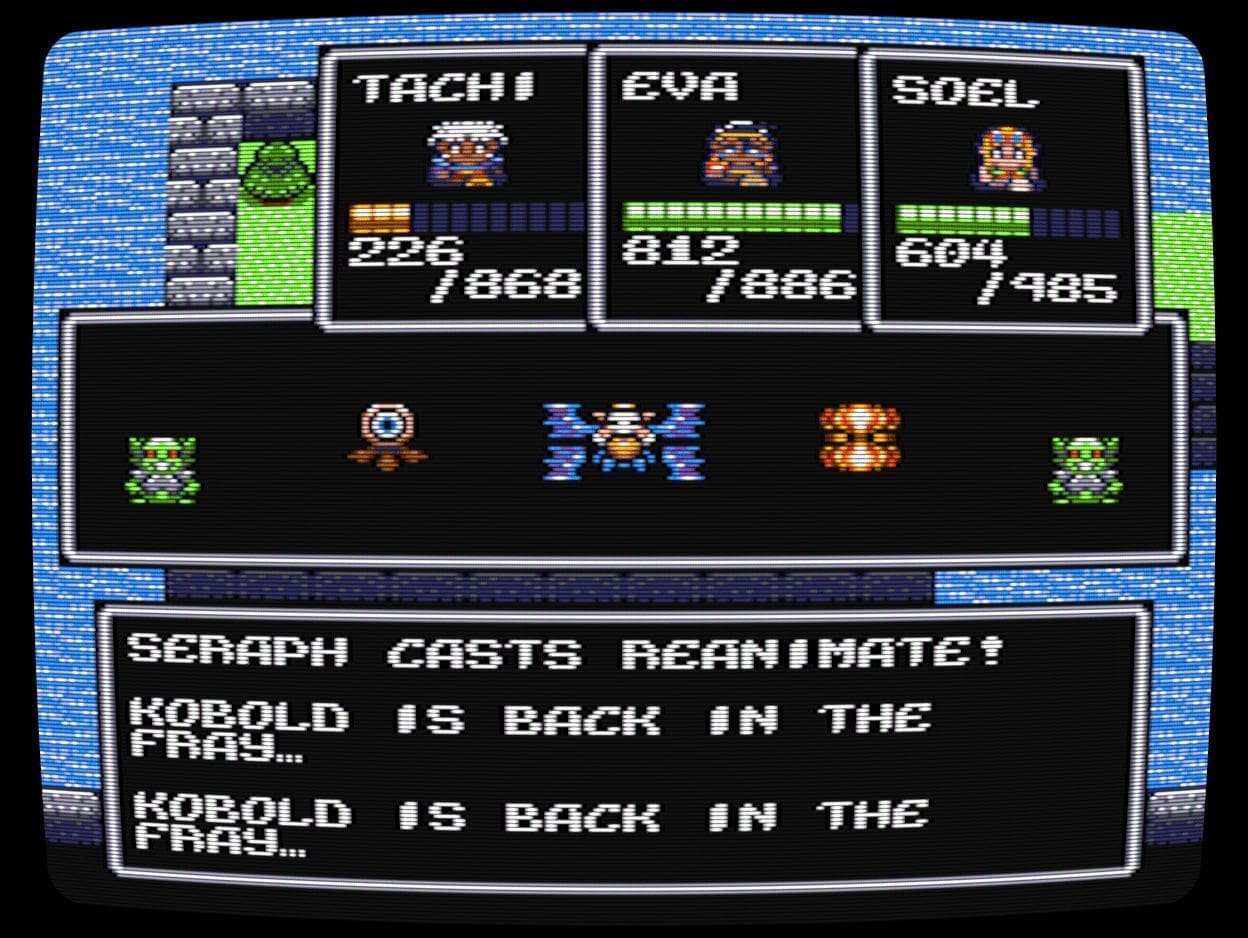
Interface
For as much as it tries to innovate with the gameplay, the interface in this game makes many of the same mistakes that were common during the 8-bit era. The entire game is driven by text menus. The navigation button response time seems to be too slow, I can’t tell you how many times I exited the game when I meant to save, or cast the wrong spell in combat because only two of my taps registered. Most of the time these issues amounted to little more than minor annoyances, but there is a bigger issue in this system when it comes to combat. During the later half of the game, when you have to defend 10+ times in a row to recover, it becomes very easy to accidentally attack instead of defend and wipe your entire party out as a result. You have to tap a button to advance the combat log through anywhere from 4-12 messages per round of attacks, and since the attack command is the default action, it’s a common occurrence to hit that button one too many times and get burned.
One of the better aspects of this menu-driven interface is how towns are handled. Initially I was a little disappointed that I couldn’t go into a town and explore, find the weapon shop, talk to the townsfolk or otherwise engage with that particular settlement. After a while though, having a very simple menu that let me do all of that without wasting time wandering around a city made it so much easier to want to engage with the town. When the news from the city is all there at the press of a button, it’s so easy to get all of the information and focus on what’s being said instead of fretting over making sure that you found it all.
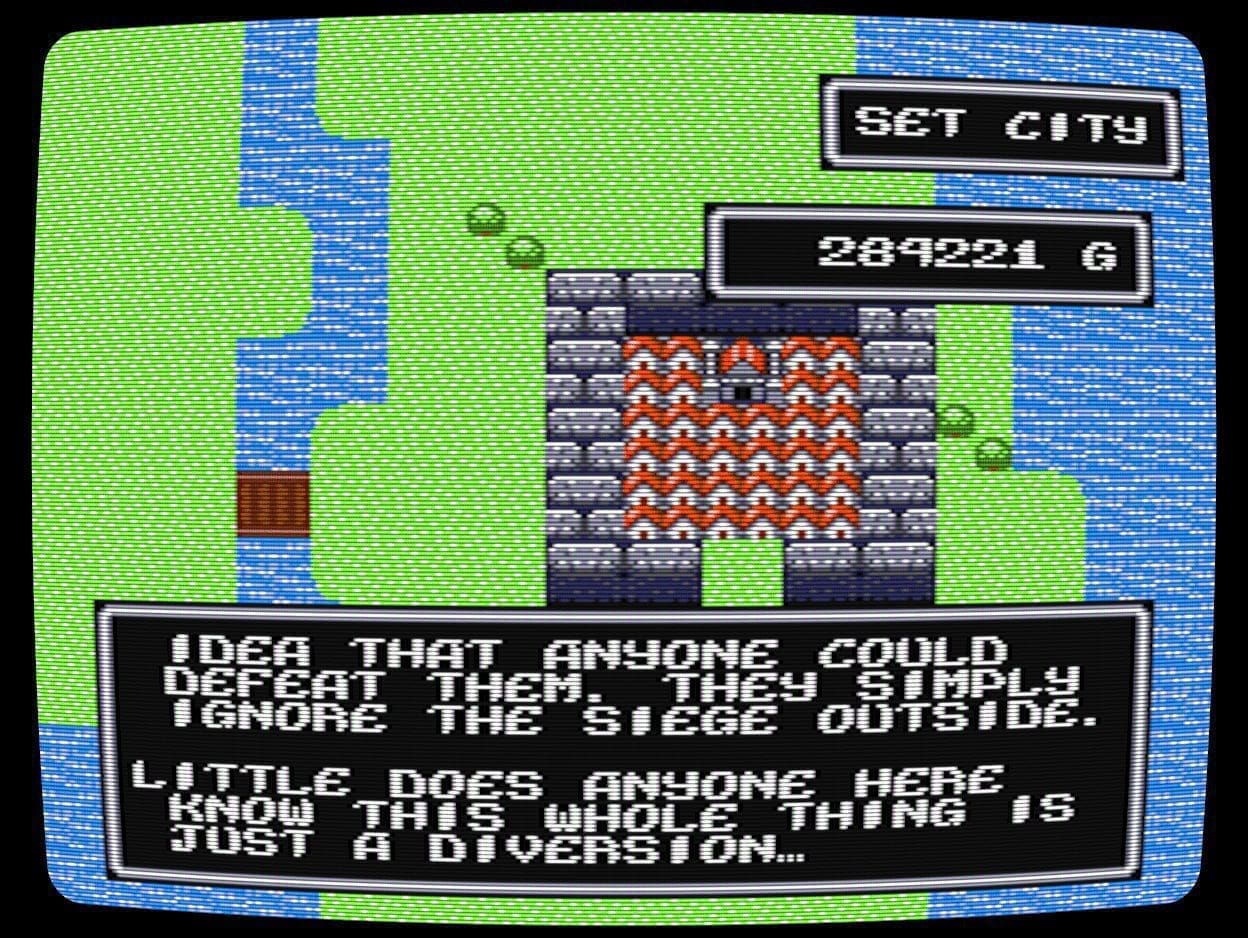
Visuals
This game was based off of an entry in a 48-hour game creation competition, with the theme of minimalism. To that end, the developer used only a single image file to create the graphics in this game. As you might expect from a game with that limitation, the graphics get a bit repetitive. Every tree is the exact same tree, the pattern on the grass is always the same, and every warrior NPC is the same. Since there is such a focus on achieving the aesthetic of the 8-bit era with the graphics in this game, I was a little disappointed not to see some of the best tricks from that time, like palette swapping or color cycling, put to use to help add diversity to the game. It’s actually not as bad as it sounds, the developer was able to achieve an impressive amount of diversity with just those few resources, but if you are looking for vibrant landscapes and detailed environments, you aren’t going to find it here.
Audio
The music in the game is awesome. Generated with a sound chip that was actually used back in that era, it matches the graphics in quality and style perfectly. While there was a lack of diversity in the visual department, the sound does not suffer that same fate. There are plenty of tracks to match the mood at every point in the game, and all of them are written well. The only issue here is that the songs reset their position each time there is a transition. With how often the random encounters present themselves, and how often you need to actually accept them, it’s rare to hear more than the first seconds of any given track in the game. Obviously this doesn’t apply to the music in scripted scenes, but it was enough to make me sick of hearing the first 15 seconds of the world map music, especially when the rest of the song is so good.

Conclusion
For just $10, you will get close to 20 hours of play from this game. That’s not a bad deal any way you look at it. The world is expansive and there are dozens of secret nooks and crannies to find that hold extra bits of story or items to help you on your quest. While this game is a fantastic homage to the RPGs of old, it brings plenty of fresh ideas to the table. The innovative aspects of the game don’t always work, especially in the later part of the game, but at least you can adjust the difficulty and rate of experience and loot gains in the game options, which helps to overcome those late-game issues. If you like the classic console RPG and are looking for something fresh from the genre, Another Star would make a fine addition to your library.
For more details on the game, including a free demo, check out the game’s website at http://www.visionriders.com/anotherstar/.
[SlideDeck2 id=9271]
Ever since smashing my first goomba at four years old, I've been a video game fanatic. I grew up with games, and when the big studios started pumping out the same games over and over again, I turned my eye to where the real fun is. I haven't bought a game from a major publisher in years, and I want to share my love for the indie gaming community with you all. When I'm not playing or writing about indie games, I'm out there trying to make my own. Hit me up on twitter, @empyrealhell, for the latest look into this small but wonderful slice of gaming.


















